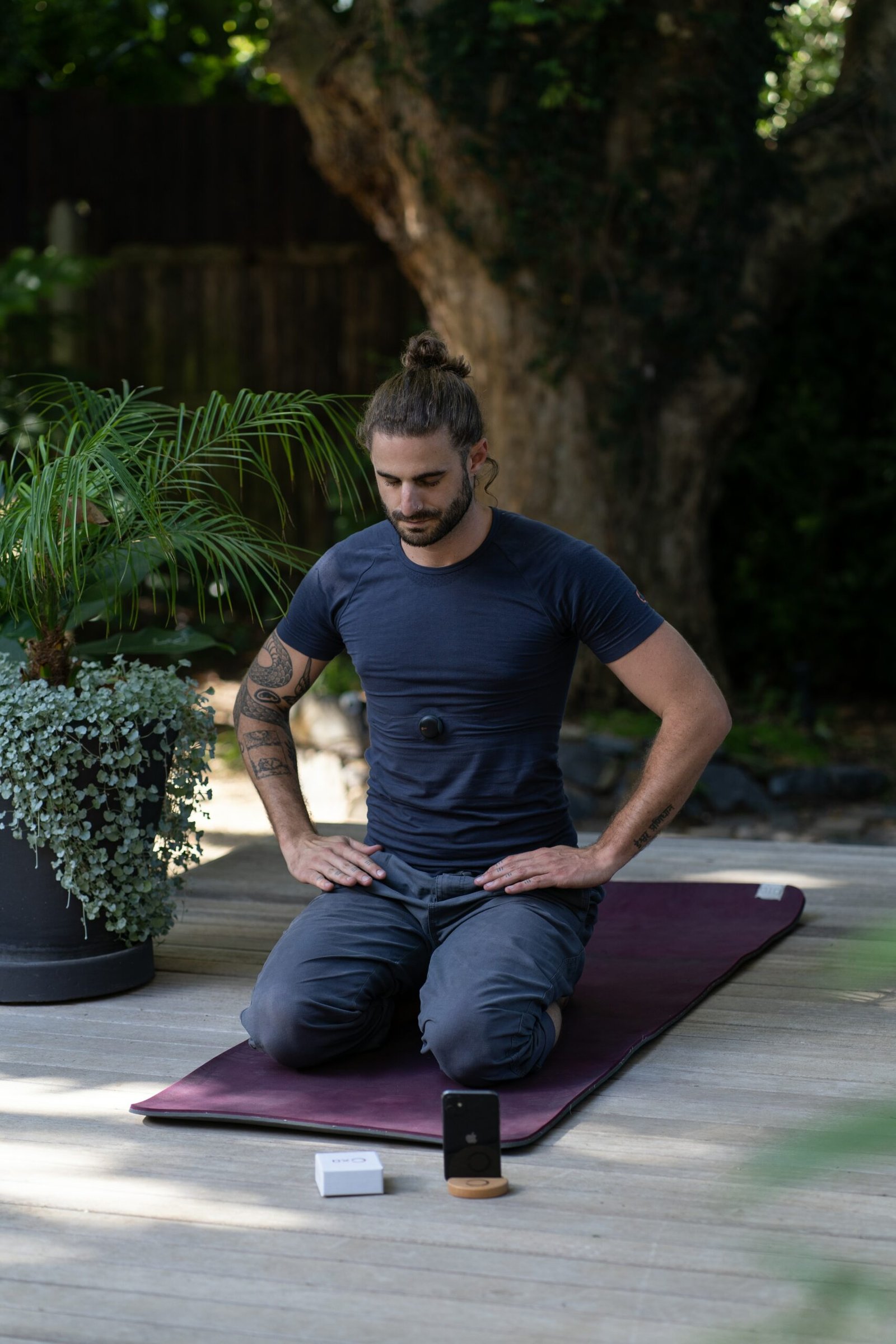Summary:
- Understand the concept of work-life balance and why it is essential for both professional success and personal well-being.
- Discover practical strategies to achieve and maintain a healthy work-life balance, even in demanding careers.
- Learn about the benefits of work-life balance, including reduced stress, increased productivity, and improved relationships.
In today’s fast-paced world, achieving a work-life balance can seem like an elusive goal. With the demands of work often encroaching on personal time, it’s easy to feel overwhelmed and stressed. However, work-life balance is not just a buzzword; it’s a critical component of long-term success and well-being. As an HR professional with extensive experience, I’ve seen firsthand how work-life balance can impact both career growth and personal satisfaction. In this blog post, we’ll explore what work-life balance truly means, why it’s important, and how you can achieve it in your life.
Defining Work-Life Balance
Work-life balance refers to the equilibrium between the time and energy you devote to your professional responsibilities and the time and energy you spend on personal activities, such as family, hobbies, and self-care. It’s about finding a healthy blend that allows you to succeed at work while also enjoying a fulfilling personal life.
Key Components of Work-Life Balance:
- Time Management: Allocating your time effectively between work and personal activities.
- Prioritization: Determining what is most important in your life and ensuring those priorities are reflected in your daily schedule.
- Boundaries: Setting clear boundaries between work and personal time to prevent burnout and maintain well-being.
Why Work-Life Balance Matters
Achieving work-life balance is essential for several reasons. Not only does it improve your quality of life, but it also enhances your performance at work. According to the Journal of Positive Psychology, individuals who maintain a healthy work-life balance are more productive, less stressed, and more satisfied with their careers.
Benefits of Work-Life Balance:
- Reduced Stress: Balancing work and personal life can significantly reduce stress levels, leading to better mental and physical health.
- Increased Productivity: When you’re well-rested and not overwhelmed, you can be more focused and effective at work.
- Improved Relationships: Spending quality time with family and friends strengthens personal relationships and provides emotional support.
- Better Health: Maintaining work-life balance can help prevent burnout, reduce the risk of chronic illnesses, and improve overall well-being.
Practical Strategies for Achieving Work-Life Balance
Achieving work-life balance requires intentional effort and ongoing adjustments. Here are some practical strategies that can help you find and maintain this balance:
1. Set Clear Boundaries
One of the most effective ways to achieve work-life balance is to establish clear boundaries between your work and personal life. This can be challenging, especially in today’s always-connected world, but it’s essential for preventing work from taking over your personal time.
Tips for Setting Boundaries:
- Designate Work Hours: Set specific work hours and stick to them. Let your colleagues know when you are available and when you are not.
- Turn Off Notifications: During your personal time, turn off work-related notifications on your phone and computer to avoid interruptions.
- Create a Workspace: If you work from home, create a designated workspace and avoid working in areas meant for relaxation, such as your bedroom or living room.
Real-Life Example: Consider a professional who works remotely. By setting a strict work schedule, turning off work notifications after hours, and using a separate room as a home office, they can maintain a clear boundary between work and personal life, ensuring they have time to recharge.
2. Prioritize Your Time
Effective time management is crucial for work-life balance. By prioritizing your time, you can ensure that you’re focusing on the most important tasks and not wasting time on less critical activities.
Tips for Prioritizing Time:
- Use a Planner: A planner or digital calendar can help you organize your day and allocate time for both work and personal activities.
- Set Priorities: Determine what tasks are most important each day and tackle them first. This helps prevent work from spilling over into your personal time.
- Learn to Say No: It’s important to recognize when you’re taking on too much. Don’t be afraid to say no to additional work or commitments that could jeopardize your balance.
Real-Life Example: A busy executive might prioritize their day by blocking off the first two hours for high-priority tasks, scheduling meetings in the mid-morning, and reserving the late afternoon for wrapping up and preparing for the next day. This structure allows them to be productive while leaving time for family in the evening.
3. Incorporate Self-Care
Self-care is an essential part of work-life balance. Taking time to care for your physical, emotional, and mental health ensures that you have the energy and resilience needed to handle work and personal responsibilities.
Tips for Incorporating Self-Care:
- Exercise Regularly: Physical activity is a great way to reduce stress and improve overall well-being. Aim for at least 30 minutes of exercise most days of the week.
- Practice Mindfulness: Techniques like meditation, deep breathing, or yoga can help you stay grounded and manage stress.
- Get Enough Sleep: Prioritize getting 7-8 hours of sleep each night to ensure you’re well-rested and ready to take on the day.
Real-Life Example: A professional might start their day with a 20-minute meditation session, followed by a morning jog. These activities help them clear their mind and reduce stress before diving into the workday.
4. Delegate and Ask for Help
You don’t have to do everything yourself. Learning to delegate tasks at work and seeking help at home can free up time and reduce stress, allowing you to focus on what matters most.
Tips for Delegating:
- Identify Tasks to Delegate: Determine which tasks can be handled by others, whether at work or at home, and delegate them accordingly.
- Communicate Clearly: When delegating, be clear about your expectations and provide the necessary resources or guidance.
- Accept Help: Don’t hesitate to ask for help from colleagues, family, or friends when you need it.
Real-Life Example: A manager might delegate routine administrative tasks to an assistant, freeing up their time to focus on strategic planning. At home, they might share household responsibilities with family members to ensure everyone has time to relax.
5. Schedule Downtime
Just as you schedule work tasks, it’s important to schedule downtime. This includes time for relaxation, hobbies, and spending quality time with loved ones. Downtime is crucial for recharging your batteries and maintaining your mental health.
Tips for Scheduling Downtime:
- Plan Regular Breaks: Throughout your workday, take short breaks to stretch, walk, or simply relax. This can help prevent burnout and maintain productivity.
- Make Time for Hobbies: Engage in activities that you enjoy, whether it’s reading, gardening, or playing a musical instrument.
- Unplug: Set aside time each day to disconnect from technology and unwind. This could be during dinner, before bed, or while spending time with family.
Real-Life Example: An entrepreneur might schedule a 30-minute walk during lunch every day, followed by an hour of reading in the evening. This routine helps them unwind and disconnect from work, leading to better work-life balance.
Conclusion: Achieving and Maintaining Work-Life Balance
Work-life balance is not a one-time achievement but an ongoing process that requires regular adjustments and self-awareness. By setting boundaries, prioritizing your time, incorporating self-care, delegating tasks, and scheduling downtime, you can create a healthier balance between work and personal life. Remember, a well-balanced life leads to greater productivity, reduced stress, and a higher quality of life. Start making small changes today, and you’ll see the benefits in both your professional and personal life.





